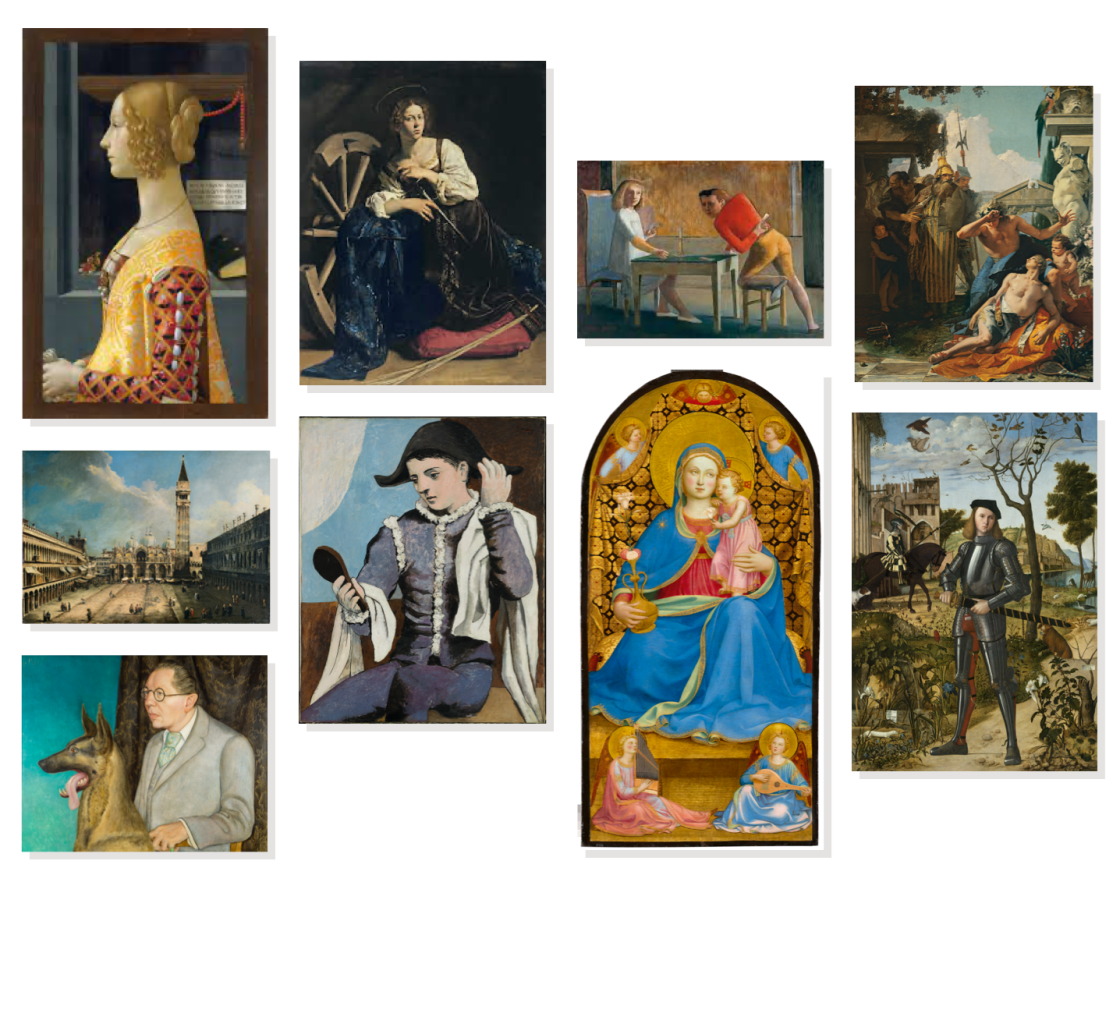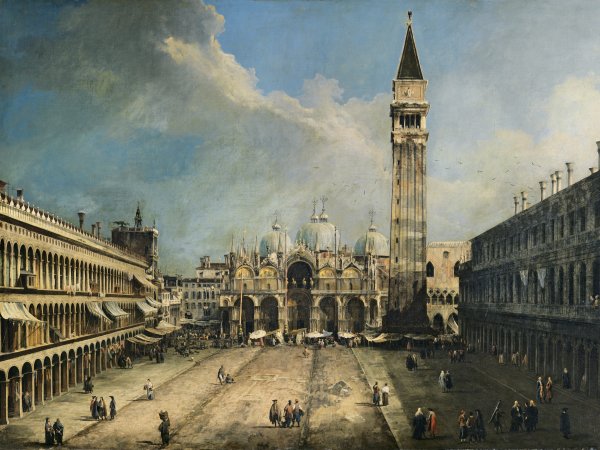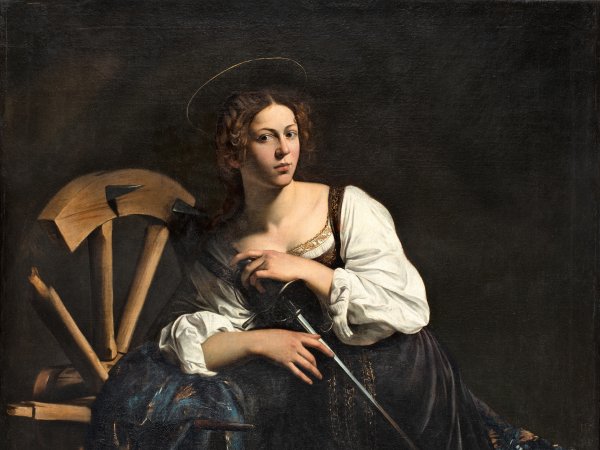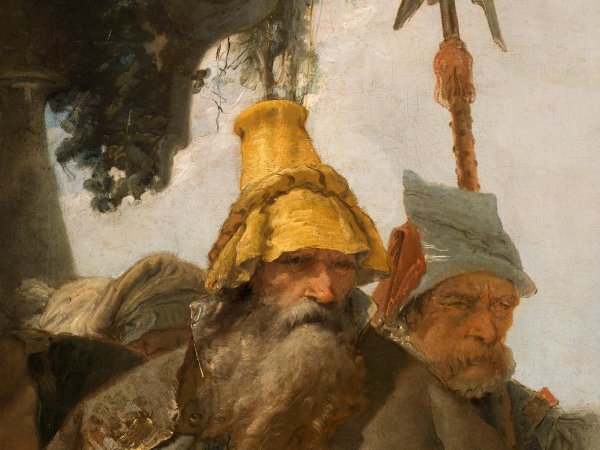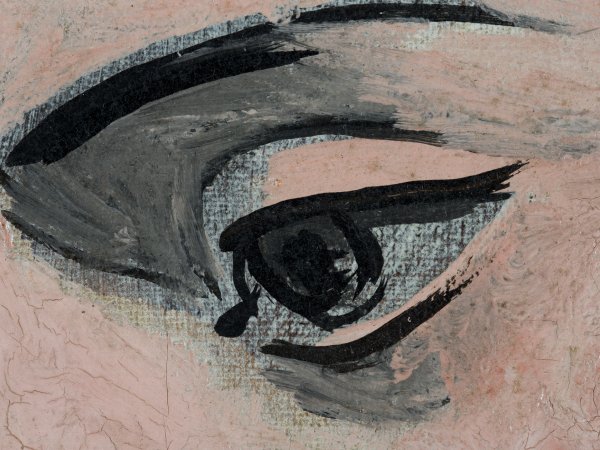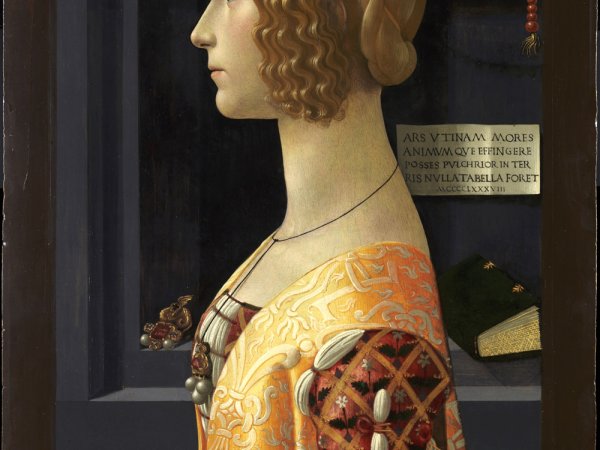Technical image viewer
Essential elements of the paintings
This tool is designed to enable users to view various study techniques such as visible light imaging, X-radiography, infrared reflectography, high-resolution visible imaging and the reverse of works, arranging the images in such a way as to examine them in parallel for comparison and research purposes.
This device also allows us to share information that until only recently was available exclusively to conservation professionals with interested members of the public. Using attractive technical methods that were not previously possible, it provides digital access to essential aspects of the paintings from a different perspective.
The restoration department offers professionals from the fields of conservation/restoration and cultural and artistic heritage, as well as museum staff and researchers, the opportunity to access a tool that makes it possible to study the works belonging to the museum’s collections in the same way that its own team of professionals does.
Advice and Guidance on its Use
All the tools and options available in the technical viewer
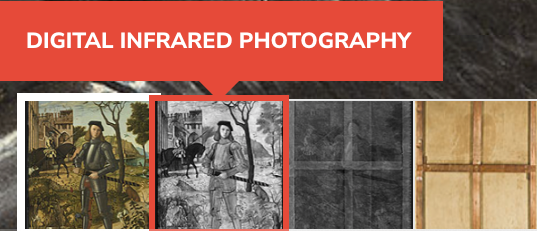
Switch from one technique to another
Switch views to explore the X-ray, infrared reflectogram, high-resolution visible-light image or the reverse of the works.
You can zoom in on each of them to enjoy the essential aspects of the paintings and learn more about the technical studies, depending on your needs.

Compare two techniques in real time
The tool makes it possible to view and browse each technique comparatively, as well as to study the artwork for a more useful and efficient experience.
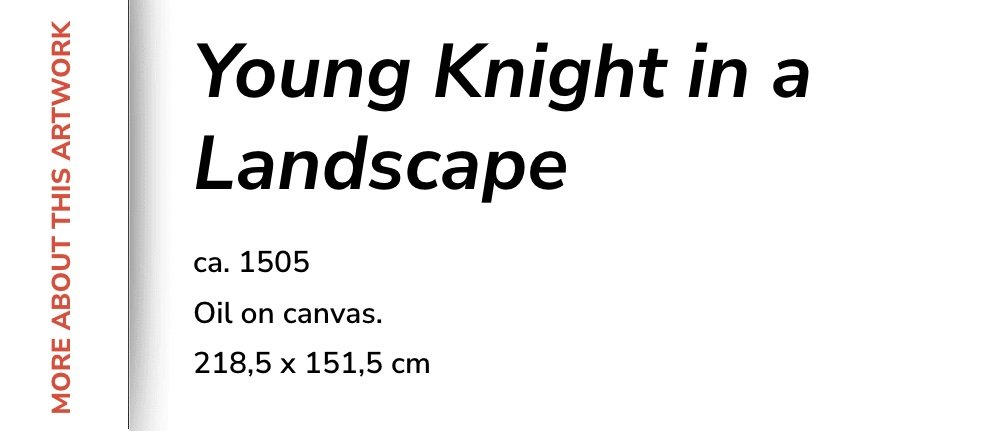
All the details of the work
If you wish to learn more about the selected works, there is a drop-down side menu called ‘more about this work’, which offers you a guided tour of the main characteristics of each study technique.
The 9 works you can explore right now
In the first phase, the technical viewer includes a selection of nine works from the collection that have been studied by the restoration/conservation department and offer the possibility of comparing techniques.
Each is accompanied by a complementary text on the main features of each piece.
